42 5 second rule science fair
5 Second Rule- Science Project | easypeasy-fair-page $48.95 Grow bacteria from to see if the 5 second rule is really true! This is a 2-3 day project! - Learn the valuable lessons a science project has to teach you without the mess, stress, or confusion. You can choose to use the include prompts and paper prompts to stretch this kit out to cover 9 weeks of learning. Designing your own experiment to debunk the 'five-second rule' In Eureka!Lab's second DIY Science video, science education writer and resident scientist Bethany Brookshire puts the five-second rule to the test. Bethany finds that bacteria don't really wait for the count of five. If food has fallen, it probably has microbes all over it. The video and accompanying blog posts walk you through how to ...
"5 second rule" Science Fair Project 2022 - YouTube by Sammy, Anna and Lucas

5 second rule science fair
5-second rule: can you eat food that has fallen on the floor? The five-second rule oversimplifies the complex process of microbe transfer from the surface to food that scientists are working to identify and describe. Certain foods, especially those high in macronutrients and micronutrients required for microbe proliferation, such as raw meat, fish, and cheese, are more prone to contamination. The 5-Second Rule for Food: Fact or Fiction? - Healthline At this point, you might be wondering whether the 5-second rule is a myth. The short answer is yes. Mostly. The confusion lies in the fact that some environments and surfaces are safer than others ... The Origin Of 'The Five-Second Rule' - Science Friday Etymology: Whether you call it the five-second rule, three-second rule, or the ____-second rule, you know what this rule is. Someone drops a tasty morsel of food on the ground and scoops it right back up, declaring that, according to the "rule," there was no time for the bacteria to glom onto the treat. As usual, the history of this idiom ...
5 second rule science fair. 5-Second Rule | Science fair projects, Science fair, Fair projects 5-Second Rule | Science fair projects, Science fair, Fair projects Saved by Uploaded by user Stem Projects 5-Second Rule Elizabeth Barsoom 386 followers More information 5-Second Rule Find this Pin and more on Five by Elizabeth Barsoom. Stem Projects Science Fair Projects Science Experiments School Projects Five Seconds Food Science Science Facts Problem & Hypothesis - Five Second Rule - Google Hypothesis. I believe that if a food is dropped and lands on a dirty surface and is picked up in five seconds or less, then that food is contaminated, because foods that are dropped on a dirty surface for five seconds or less will have bacteria on them. The 5 Second Rule | Science project - YouTube This video is about the 5 second rule. Is it safe to eat something that has fallen on the floor, even if you pick it up within 5 seconds? Let's find out. 5 Second Rule Science Fair Project Microbiology Kit With the 5 Second Rule Science Fair Project kit you will test to see if the "5 Second Rule" is really true by growing bacteria picked up from the floor! Is food safe from bacteria if it has been on the floor for less than 5 seconds? In this experiment you will swab the floor for different lengths of time.
Conclusion - Five Second Rule - Google My hypothesis was correct, food does get contaminated even when dropped on the floor for less than five seconds. This experiment is helpful to people because the 'five second rule' is incorrect and does not really work. Food dropped on the ground for less than five seconds is not safe to eat as both research and my experiment show. If I did ... Does the five second rule really work? | HowStuffWorks The idea that food scooped from the floor in less than five seconds would be free of germs was first disproved by high school student Jillian Clarke during her internship at the University of Illinois in 2003. Clarke coated tiles with E. coli bacteria and then proceeded to drop gummy bears and fudge-stripe cookies onto their surfaces. The Truth Behind the Five-Second Rule Revealed - Science The new experiments, reported in the journal Applied and Environmental Microbiology, show that the five-second rule is really no rule at all. True, the longer food sat on a bacteria-coated surface,... The 5 Second Rule | Science project | Education.com The five-second rule states that food dropped on the ground will be safe to eat and not covered in germs as long as it is picked up within 5 seconds of being dropped. This experiment will evaluate whether there is any truth to this theory. ... By accessing the Science Fair Project Ideas, you waive and renounce any claims against Education.com ...
Does the Five-Second-Rule Really Work? - Scienceline There are even popular variations of the five-second rule, including the ten-second rule often imposed as a joke by people who are drunk and too intoxicated to react to fallen food in just five seconds. And then there's also the popular camp variation that states that food can be eaten as long as the bugs don't get to it first. Yuck. 5-second rule science fair project - Science Fair Projects 5-second rule Procedure 1. Using nourishing agar, make 12 sterile plates. 2. Wear a pair of sterile gloves (do not touch any non-living surface while wearing gloves). 3. Now, need to select two types of ground surfaces. 4. Discard the first test object (a piece of lunch meat, for example) onto the first sort of ground. 5. Kindly Set the timer 6. Untitled - The 5 second rule Procedure. 1. Put a fresh piece of , untouched bread under a well slide and view it under a microscope. Look for bacteria and record what you see. 2.Drop another piece of bread on the floor for one minute. Pick it up and put it under a well slide again for viewing under a microscope. Record the amount of bacteria you see. The Science Behind The Five-Second Rule - Science Friday • 70 percent of females and 56 percent of males were familiar with the five-second rule, and most of them use it to make decisions about tasty treats that slip through their fingers. • Women are more likely than men to eat food that's been on the floor. Who would have thought? Maybe females are less wasteful than males?
Testing the Five-Second Rule - Scholastic The scientists decided to test the five-second rule using watermelon, gummy candy, plain bread, and buttered bread. They chose those foods because each contains a different amount of moisture. "We know water is very important in allowing disease-causing bacteria to transfer," says Donald Schaffner.
The five-second rule: Growing germs for science Here's how: Place 6 grams (0.2 ounce) of agar powder in a clean glass or beaker and add 100 milliliters (3.4 ounces) of distilled water. Stir the mix until the agar has dissolved completely. Microwave the mix on high until it comes to a frothy boil (about 45 seconds). Be careful! The glass will be very hot.
The five-second rule: Designing an experiment - Science News Explores In this series of blog posts, you'll discover everything you need — from building an incubator to analyzing the data. The five-second rule implies that if food is picked up quickly after it's dropped, germs won't have time to get on board. To find out if that's true, we start with a hypothesis — a statement that can be tested.
Ask an Expert: Five-Second Rule - sciencebuddies.org Count how many bacterial colonies there are on each plate. Then you can look at the average number of bacterial colonies for less than 5 seconds and the average for more than 5 seconds. You can also do various types of graphs and charts.
Friday Weird Science: The 5 second rule! - Neurotic Physiology If you haven't heard of it, it's when you drop some food on the floor or ground or somewhere else that is probably pretty gross, and if you pick it up before 5 seconds have passed, it's still considered "safe" to eat (thought whether or not it's POLITE to eat it, is probably another issue). This is a great rule.
Science Projects - Science Fair Projects - Page 3 of 3 5-second rule Procedure 1. Using nourishing agar, make 12 sterile plates. 2. Wear a pair of sterile gloves (do not touch any non-living surface while wearing gloves). 3. Now, need to select two types of ground surfaces. 4. Discard the first test object (a piece of lunch meat, for example) onto the first sort of ground. 5. Kindly Set the timer 6.
Is the 5 Second Rule True?: 5 Second Rule Experiment on Food - U of M ... SEE ALSO: Don't Worry About the Antibacterial Soap Ban; Just Wash Properly. Many folks have long obeyed the "five-second rule" — that is, if an item touches the ground only momentarily, it's considered clean and therefore safe to consume. Think again. Such bite-sized castoffs ought to go straight to the trash can or compost pile, says ...
Results From the 5-Second Rule Test - The Dr. Oz Show The Dr. Oz Show teamed up with NSF International to find out just that. We tested two food types, wet and dry (wet being an apple; dry, a wafer), on three different surfaces: tile, carpet, and concrete. After adding bacteria to each surface, food was dropped for two seconds, five seconds, and five minutes.
The 5 second rule - Introduction The 5 second rule - Introduction Introduction Research Hypothesis Untitled Untitled Untitled Untitled Introduction Is it safe to eat something dropped on teh floor as long as you pick it up within 5 seconds. Many people eat food off of the floor because they believe in this 5 second rule. Eating just a crumb off the floor can be dangerous.
5 second rule science experiment Results Of 2 Experiments Prove Our Physics Rulebook All Wrong - The thefrontierpost.com rulebook written Experiment 1 And 2 experiment Pin On Teaching Designing Your Own Experiment To Debunk The 'five-second Rule designing debunk brookshire Experiment 1 - Physics Investigation
The Origin Of 'The Five-Second Rule' - Science Friday Etymology: Whether you call it the five-second rule, three-second rule, or the ____-second rule, you know what this rule is. Someone drops a tasty morsel of food on the ground and scoops it right back up, declaring that, according to the "rule," there was no time for the bacteria to glom onto the treat. As usual, the history of this idiom ...
The 5-Second Rule for Food: Fact or Fiction? - Healthline At this point, you might be wondering whether the 5-second rule is a myth. The short answer is yes. Mostly. The confusion lies in the fact that some environments and surfaces are safer than others ...
5-second rule: can you eat food that has fallen on the floor? The five-second rule oversimplifies the complex process of microbe transfer from the surface to food that scientists are working to identify and describe. Certain foods, especially those high in macronutrients and micronutrients required for microbe proliferation, such as raw meat, fish, and cheese, are more prone to contamination.

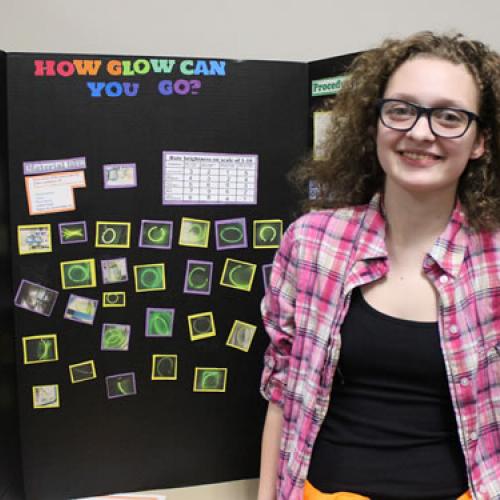

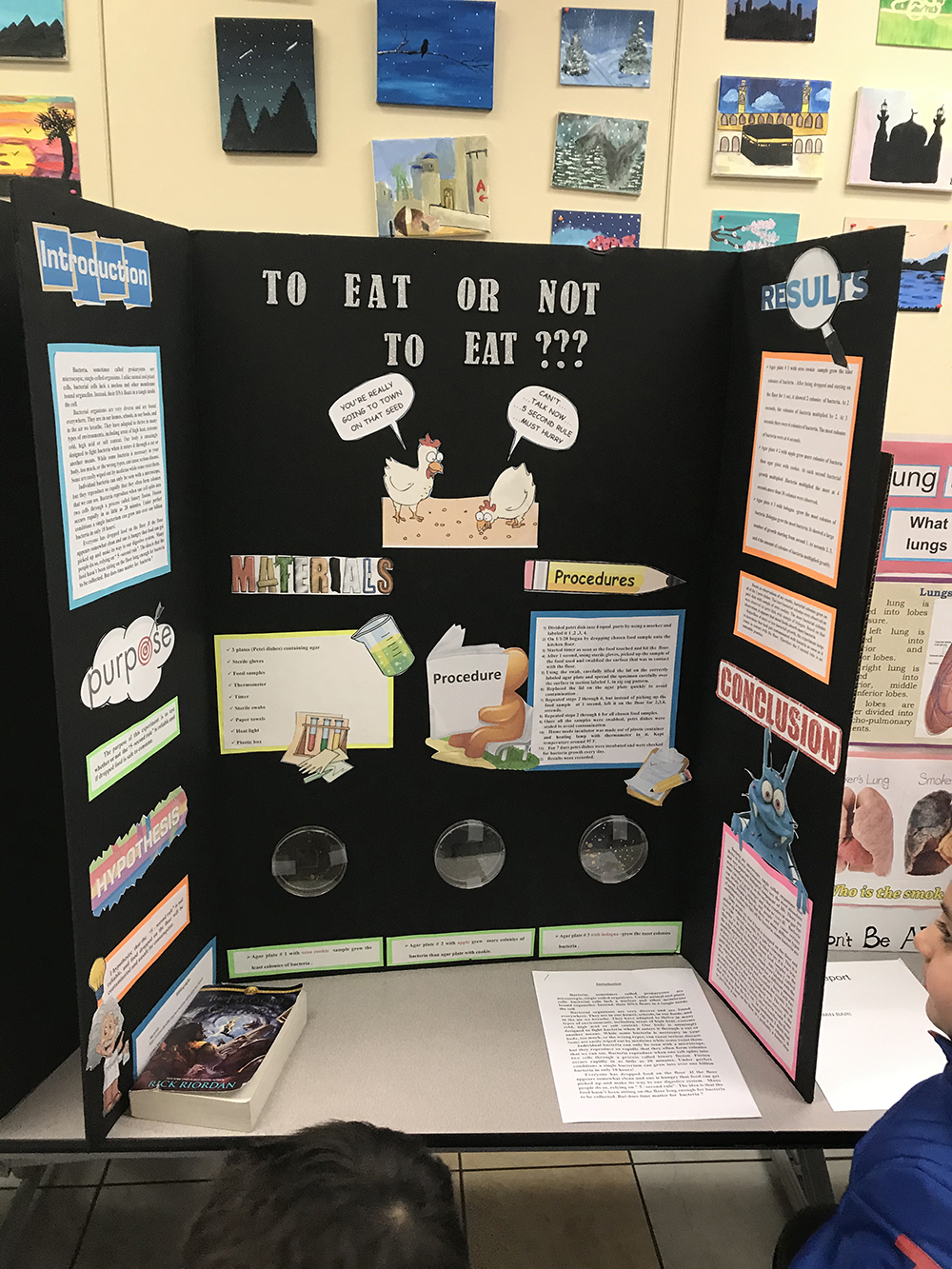









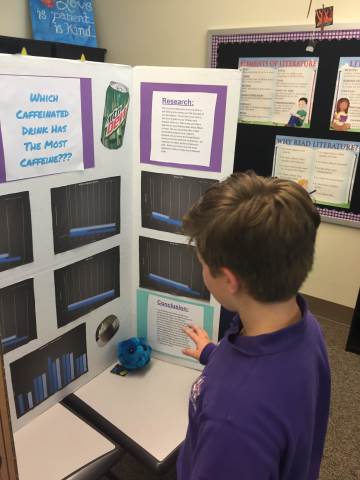






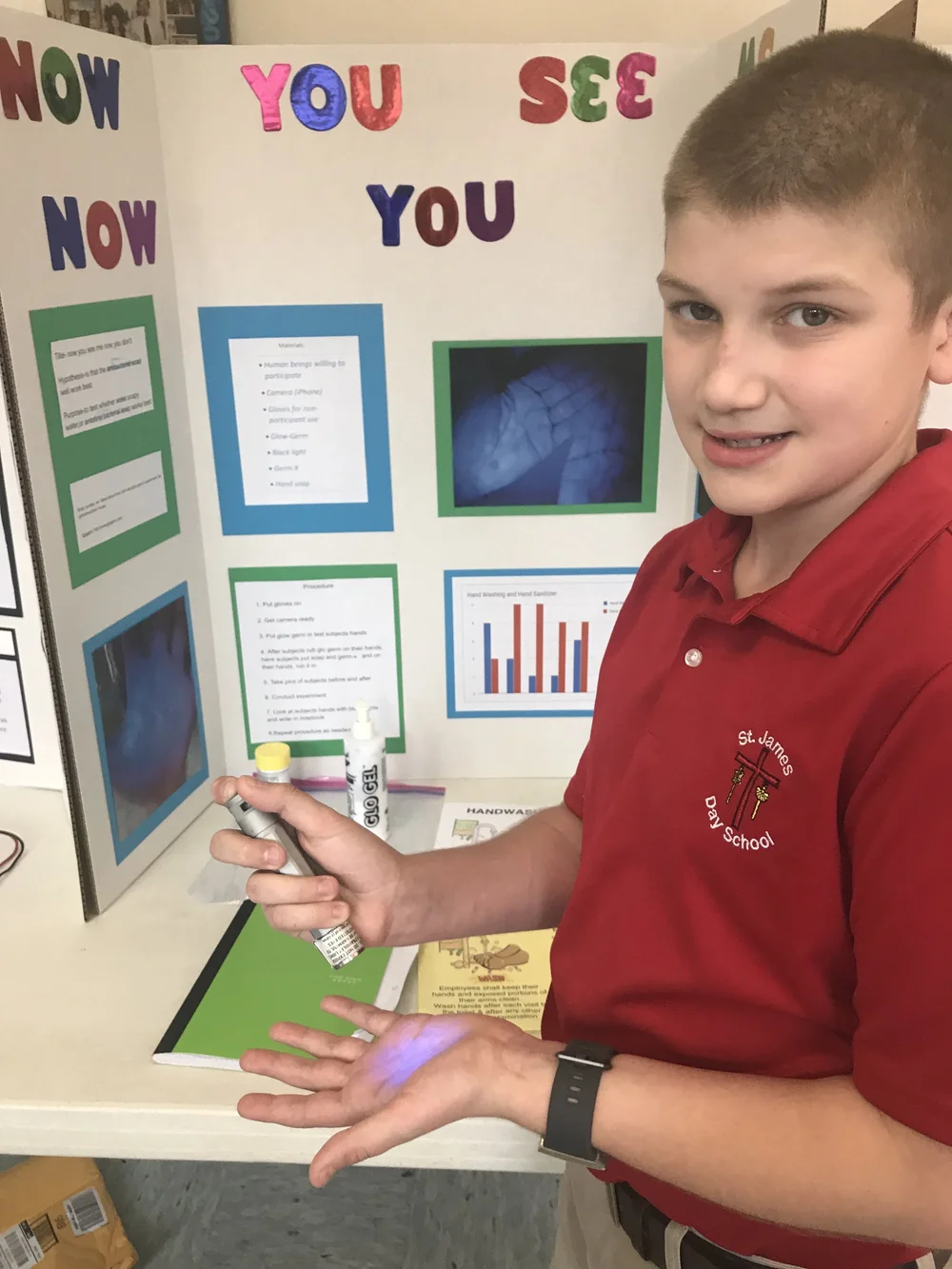








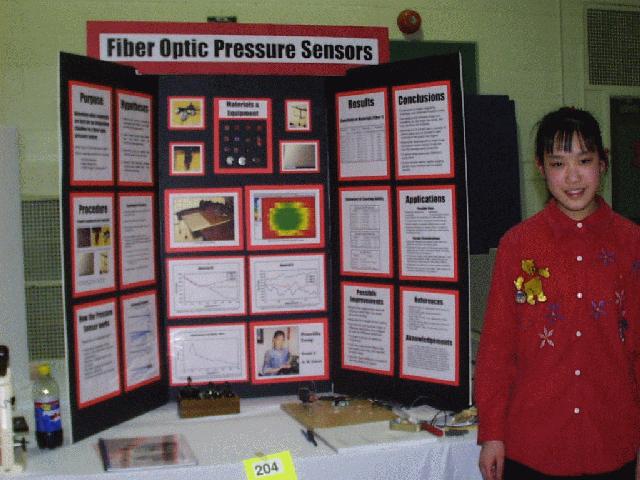


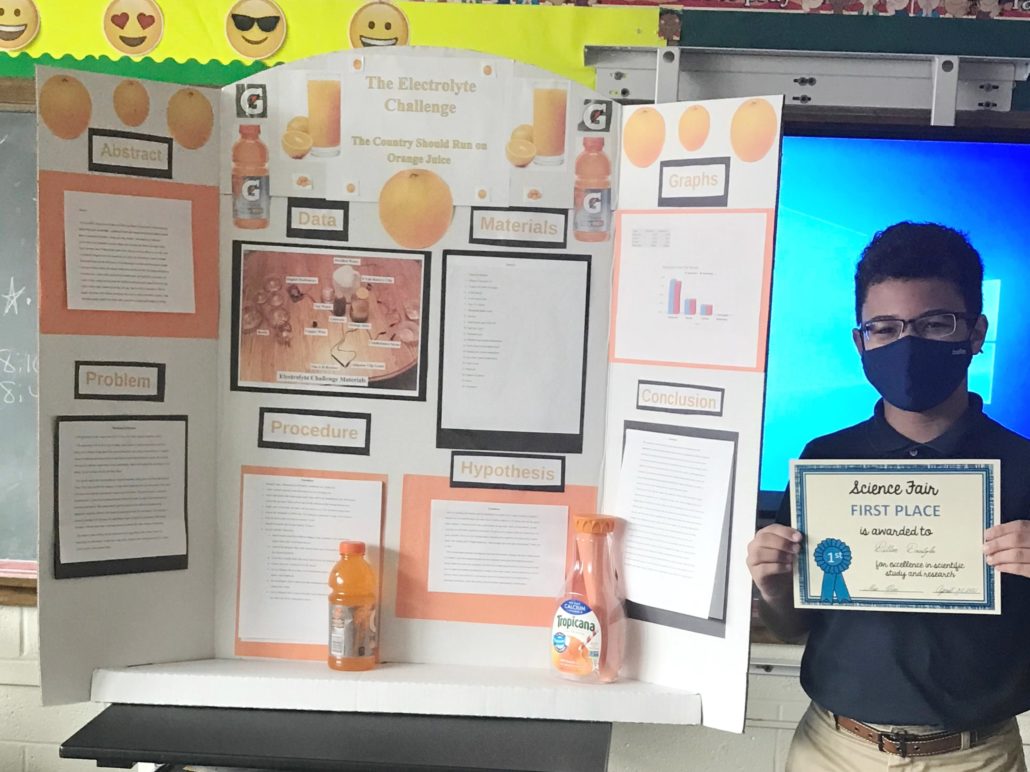


0 Response to "42 5 second rule science fair"
Post a Comment